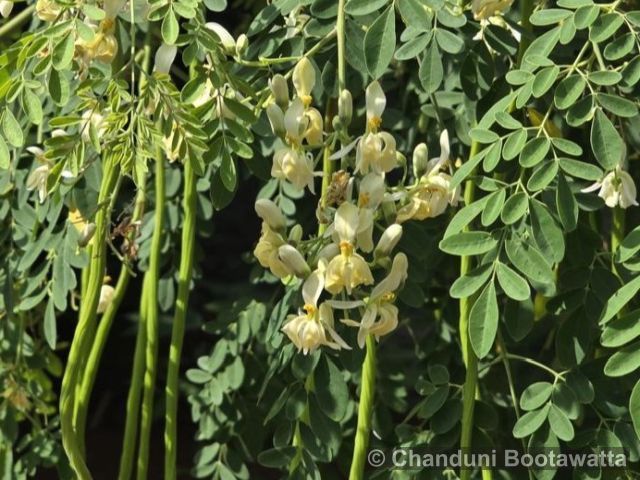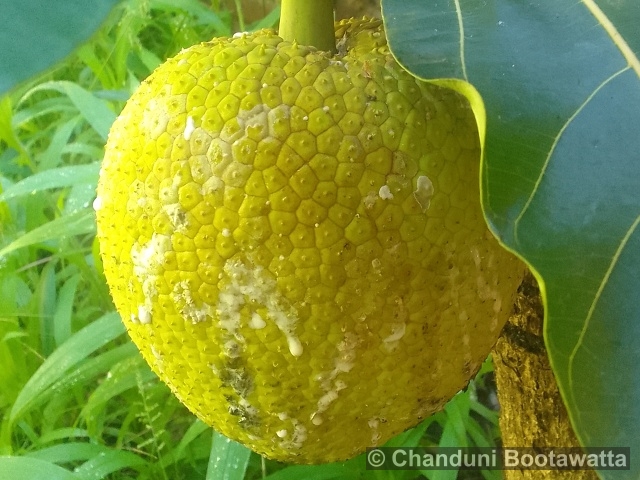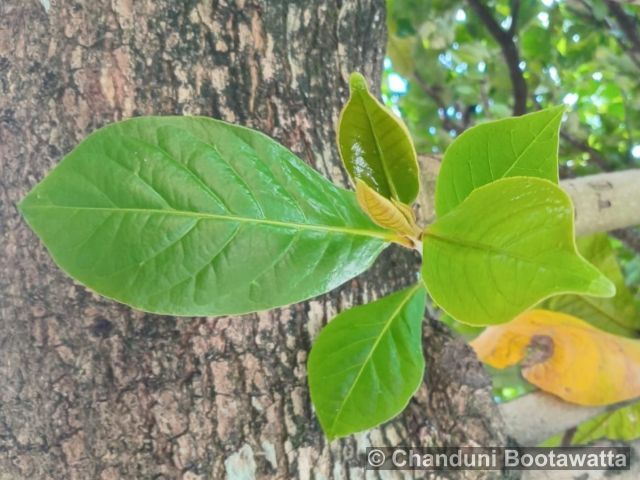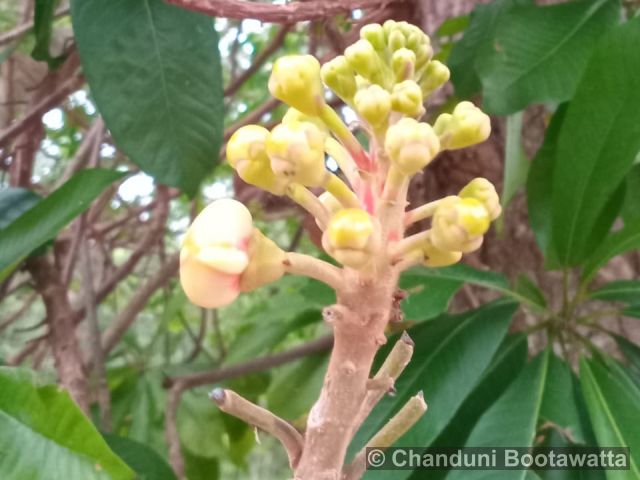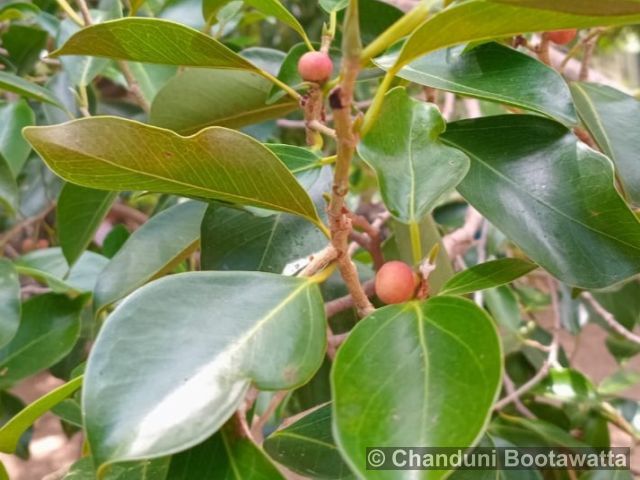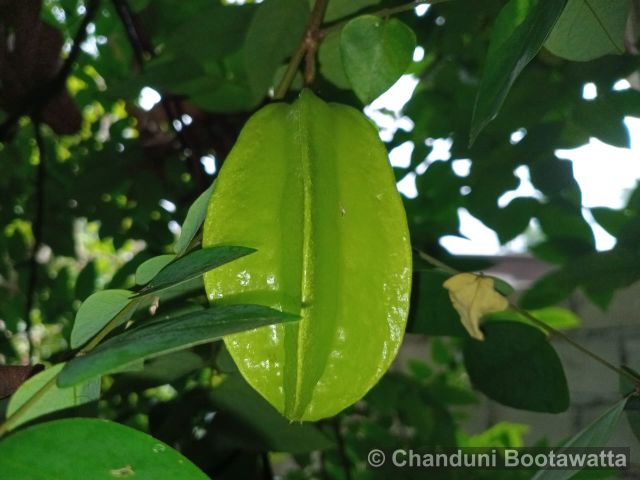Tento příspěvek byl přečten146krát!
Dimocarpus longan, Dragon’s Eyes tree
Family – Fabaceae, bobovité
Description: Mora tree is a large, evergreen tropical tree. It is known for its massive height, reaching up to 30–50 meters, with a straight, cylindrical trunk that can be over 1 meter in diameter, often with large buttress roots for support. The leaves are simple, alternate, and leathery, with a glossy green surface. It produces small, yellowish flowers in clusters, followed by large, flat seed pods containing hard seeds.
Substitutions – Mora gonggrijpii: A closely related species in the Mora genus, also native to South America. Similar in size and wood characteristics. Used similarly in construction and heavy timber work. – Hymenaea courbaril: Another large tropical hardwood tree from the Fabaceae family. Produces very strong, durable wood often used as a substitute for Mora in flooring and furniture. – Apuleia leiocarpa (Garapeira or Garapa)– Another tropical hardwood with good resistance and strength, used in similar applications as Mora excelsa.

Ecology: Mora excelsa grows in hot, humid tropical climates with high rainfall (over 2,000 mm), deep, well-drained soils, and full sunlight. It thrives in lowland rainforests below 500 meters elevation and does not tolerate frost or waterlogging.
General Distribution: Mora excelsa is native to the lowland tropical rainforests of northern South America especially Guyana, Suriname, Venezuela, and northern Brazil and has also been introduced and cultivated in places like Sri Lanka.
Use: Mora wood is highly valued for its durability, strength, and resistance to decay, making it ideal for heavy construction, marine applications, and flooring. The tree also plays an important ecological role in tropical rainforests, contributing to soil stability and habitat structure.
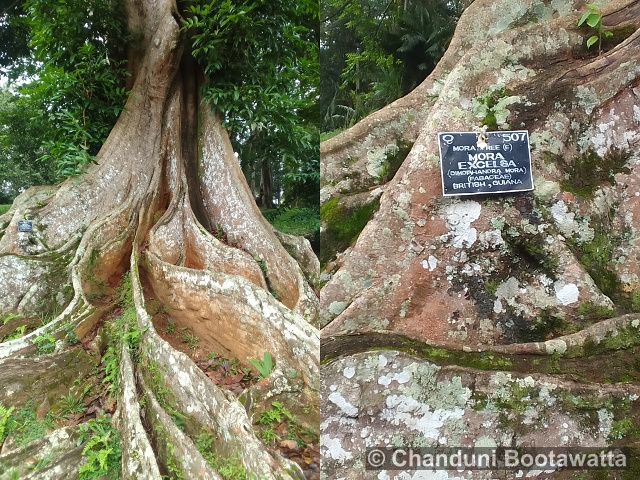
Author of text and photos: Chanduni Bootawatta.
Photographed in Peradeniya Botanical Garden, Sri Lanka on 22 June 2025.



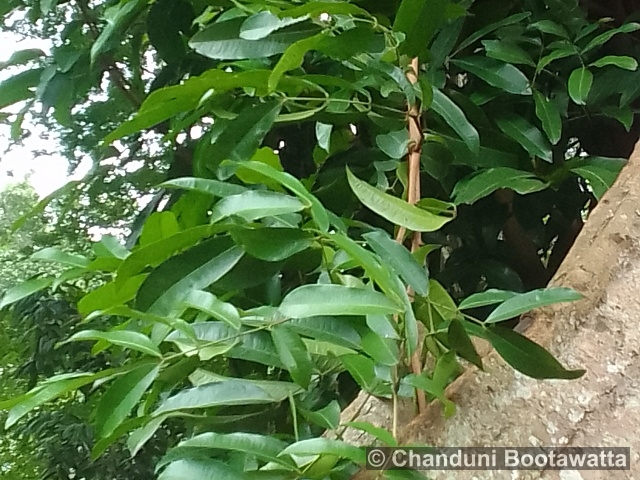
 Poslat emailem
Poslat emailem